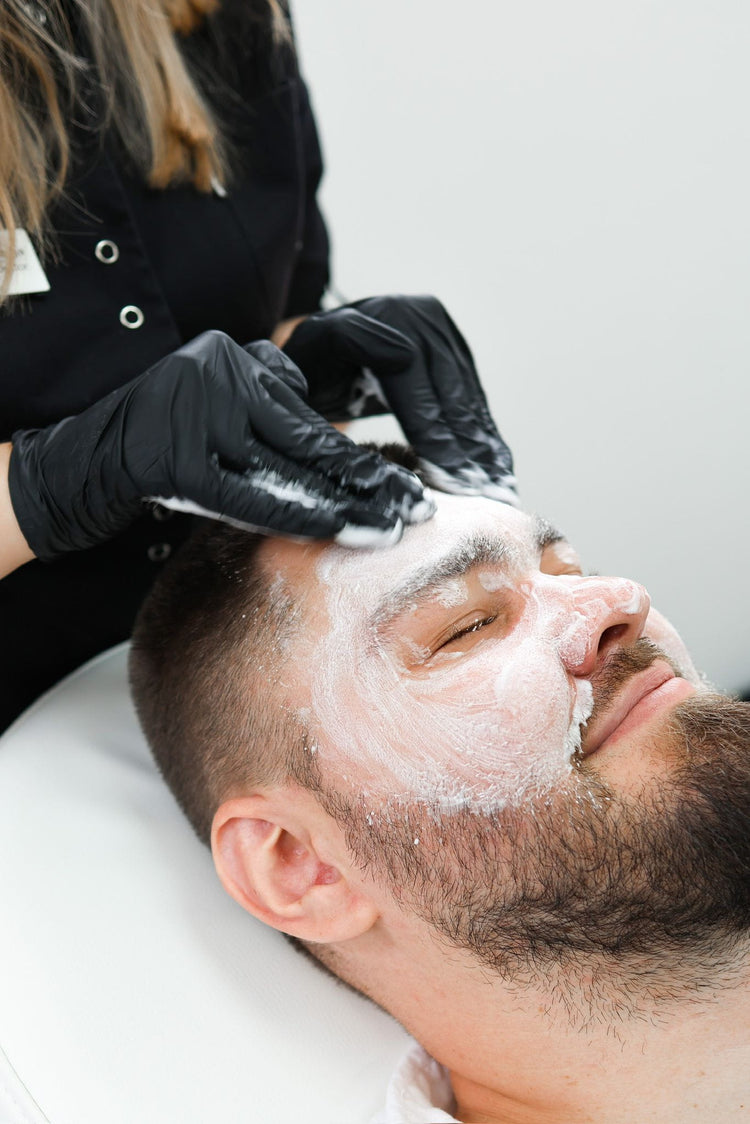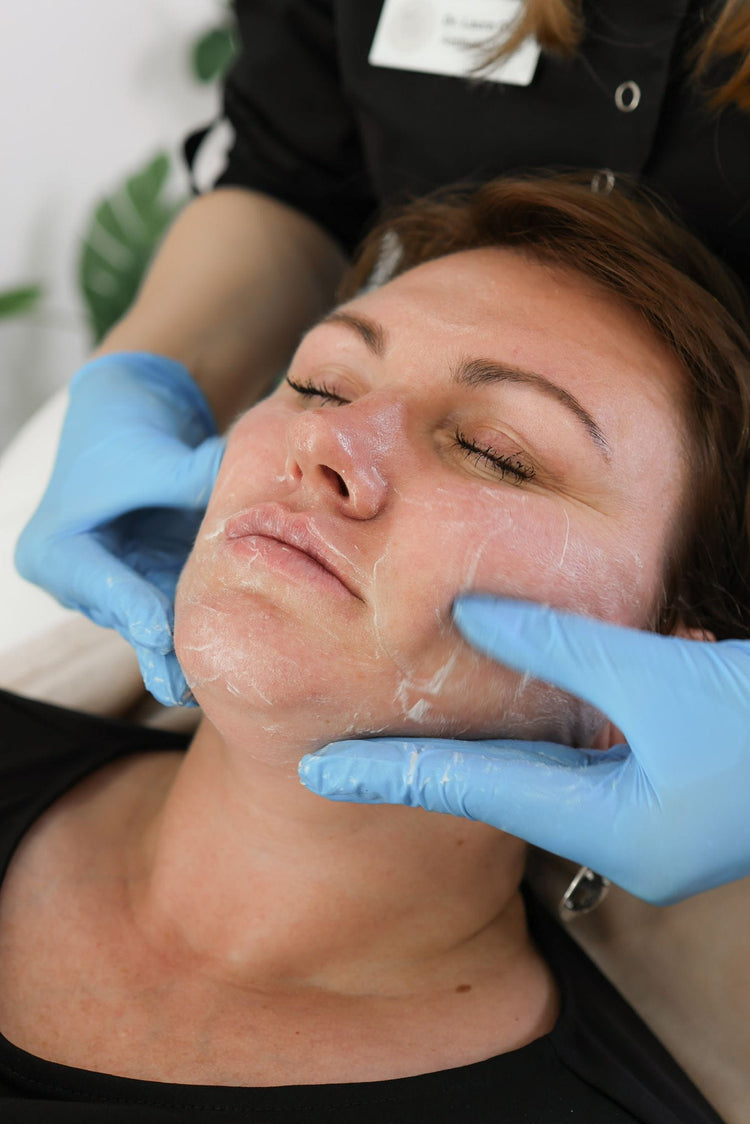What is Bruxism?
Bruxism, commonly known as teeth grinding or clenching, is a common parafunctional habit that involves the excessive and often unconscious grinding, gnashing, or clenching of the teeth. This repetitive action can occur during both waking hours and sleep, leading to a range of dental problems, headaches, jaw pain, and even earaches.
Symptoms of Bruxism
Bruxism, commonly known as teeth grinding or clenching, is a common parafunctional habit that involves the excessive and often unconscious grinding, gnashing, or clenching of the teeth. This repetitive action can occur during both waking hours and sleep, leading to a range of dental problems, headaches, jaw pain, and even earaches.
The symptoms of bruxism can vary from person to person, but some common signs include:
- Aching jaw muscles
- Facial pain or headaches
- Tooth sensitivity or pain
- Worn or flattened teeth
- Loose or damaged fillings
- Earaches or ringing in the ears
- Difficulty chewing or speaking

Causes of Bruxism
Bruxism, commonly known as teeth grinding or clenching, is a common parafunctional habit that involves the excessive and often unconscious grinding, gnashing, or clenching of the teeth. This repetitive action can occur during both waking hours and sleep, leading to a range of dental problems, headaches, jaw pain, and even earaches.
There are various factors that can contribute to bruxism. Stress and anxiety are often cited as primary causes, as teeth grinding may serve as a coping mechanism. Other potential triggers include medical conditions such as sleep apnea or gastroesophageal reflux disease (GERD), certain medications, alcohol consumption, and even caffeine.

In some cases, bruxism can also be hereditary or linked to malocclusion, which refers to an improper bite.
Botox for Bruxism Treatment
For individuals in Kenley, Surrey struggling with the debilitating effects of bruxism, Botox offers a potential solution. This minimally invasive treatment has gained recognition for its ability to alleviate symptoms such as jaw pain, teeth grinding, and headaches associated with this condition.
How Botox Works for Bruxism
Botox injections work for bruxism by temporarily paralyzing the muscles responsible for jaw clenching and grinding. When injected into specific muscles, Botox blocks nerve signals that stimulate muscle contractions. This relaxation of the jaw muscles reduces the force exerted during teeth grinding, effectively minimizing its severity.
Benefits of Botox for Bruxism
Botox injections offer several benefits for treating bruxism. By temporarily paralyzing the overactive muscles responsible for clenching and grinding, Botox can significantly reduce or eliminate these actions. This leads to a reduction in jaw pain, headaches associated with teeth grinding, and wear and tear on teeth.
For many individuals struggling with bruxism, Botox provides a safe and effective way to manage their symptoms and improve their overall quality of life.
Procedure for Botox Injection for Bruxism
Botox injections for bruxism involve injecting small doses of botulinum toxin into specific muscles responsible for jaw clenching and grinding. These muscles, including the masseter and temporalis muscles, become temporarily paralyzed by Botox, reducing their ability to contract excessively.
The procedure itself is relatively quick and minimally invasive. A healthcare professional will cleanse the injection sites on the jaw and then administer a series of small injections into the targeted muscles. There may be some mild discomfort during the injection process, but it usually subsides quickly.
After the procedure, patients may experience some temporary bruising or swelling at the injection sites. However, these side effects are typically mild and resolve within a few days. Patients can typically resume their normal activities immediately following the treatment. The effects of Botox injections for bruxism generally last for several months, after which another treatment session may be required to maintain symptom relief.
Finding a Botox Provider in Kenley, Surrey
If you’re in Kenley, Surrey, and struggling with the discomfort of bruxism, a qualified Botox provider can offer a potential solution.

Qualifications to Look For
When looking for a Botox provider in Kenley, Surrey, to address bruxism, it is essential to consider their qualifications and experience.
- Medical License: Ensure the practitioner holds a valid medical license from a recognized body.
- Specialization in Facial Aesthetics: Look for providers who specialize in facial aesthetics or have specific training in Botox injections for bruxism.
- Experience with Bruxism Treatment: Inquire about their experience and success rate in treating bruxism with Botox.
- Board Certification (Optional): While not always required, board certification in a relevant field, such as dermatology or plastic surgery, can indicate higher levels of expertise.
Cost and Insurance Coverage
Botox costs for bruxism treatment can vary depending on factors such as the number of injections required, the provider’s experience and location, and any additional costs associated with a consultation. It is best to contact Botox providers in Kenley, Surrey directly to get an accurate estimate.
Insurance coverage for Botox for bruxism treatment varies widely. It’s generally not considered a standard medical necessity by most insurance plans, so coverage is often limited or denied. However, some insurers may offer partial coverage if bruxism is causing significant dental damage or other health problems.
Before & After Treatment
Botox can significantly improve the quality of life for individuals suffering from bruxism in Kenley, Surrey. Before treatment, sufferers experience symptoms such as chronic jaw pain, headaches, tooth wear, and difficulty chewing.

After Botox injections into targeted jaw muscles, these muscles relax, reducing the force of clenching and grinding. This leads to a decrease or complete elimination of jaw pain, reduced headaches, protection against further tooth damage, and improved ability to chew comfortably.

Possible Side Effects and Risks
Like any medical procedure, Botox injections carry potential side effects and risks, although they are generally considered safe when administered by a qualified healthcare professional.
Common side effects of Botox for bruxism are usually mild and temporary, including bruising, swelling, redness, or pain at the injection sites.
More serious but less common side effects can occur, such as muscle weakness in the surrounding area, drooping eyelids, or difficulty swallowing.
It’s important to discuss your medical history and any medications you’re taking with a healthcare professional before receiving Botox injections to ensure it’s a suitable treatment option for you and to minimize the risk of complications.
Alternatives to Botox for Bruxism
Alternatives to Botox for bruxism include:
- Mouthguards or Night Guards: Custom-fitted mouthguards worn during sleep can help prevent teeth grinding by cushioning the teeth and reducing the impact of clenching.
- Stress Management Techniques: Stress reduction practices such as exercise, yoga, meditation, or deep breathing exercises can help alleviate stress-induced bruxism.
- Lifestyle Modifications: Avoiding caffeine, alcohol, and smoking, as well as establishing a regular sleep schedule, can contribute to reducing bruxism.
- Dental Appliances: In some cases, dental devices such as bite splints or repositioning appliances may be used to correct an improper bite and minimize teeth grinding.
- Muscle Relaxants: Prescribed medications, like muscle relaxants, can temporarily reduce jaw muscle tension and clenching.
- **Behavioral Therapy:** Cognitive behavioral therapy (CBT) can help identify and address underlying emotional or psychological factors contributing to bruxism.
Your dream lips are just a consultation away with Dr. Laura Geige at It’s Me & You Clinic
- Non-Surgical Bum Lift (BBL) With PLLA For Men: Is It Effective For Male Clients? - October 29, 2025
- Nefertiti Neck Lift Treatment Near Dorking, Surrey - October 26, 2025
- NCTF 135 HA Near Thornton Heath, Surrey - October 23, 2025
